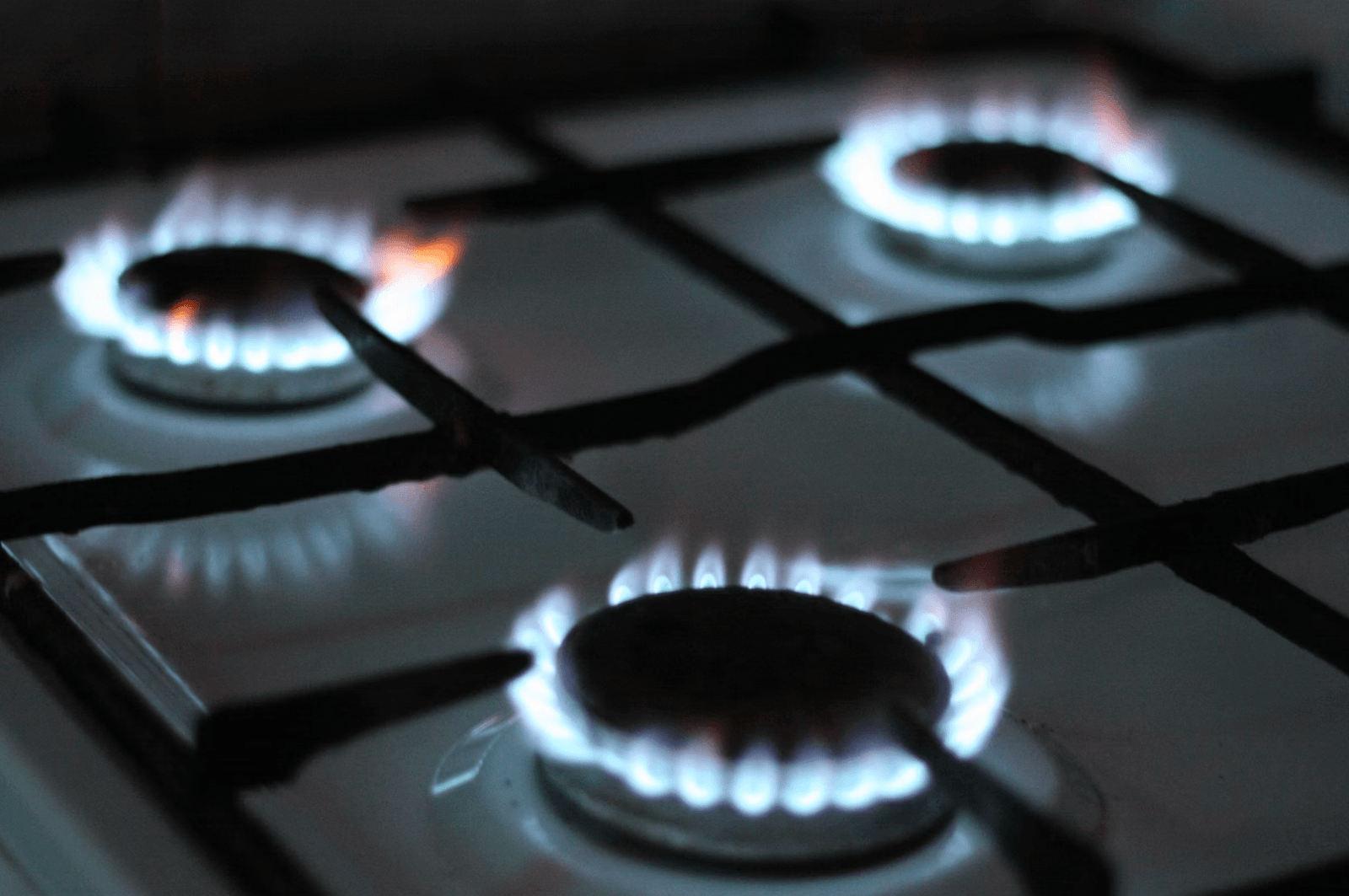Having learnt about the potential radiation dangers in your kitchen – it becomes vital to keep it top of mind when making appliance decisions. Deciding on the perfect stove for your kitchen is more than just a design choice – it affects the very way you cook. Among the options, gas and induction stoves stand out as popular contenders. Each stove type offers distinct advantages, but their differences in operation, EMF emissions, effectiveness, and efficiency make the choice a nuanced one.
Gas stoves operate by combusting natural gas to produce a direct flame, providing instant, precise heat that many chefs love. Given their non-technical nature, they do not emit electromagnetic fields (EMFs), which are associated with a range of electronic appliances, including induction stoves. However, these traditional gas stoves, while praised for their cooking performance, have come under scrutiny recently. A gas stove emits nitrogen dioxide, carbon monoxide, and formaldehyde. In a recent report, experts likened using a gas stove to having a car exhaust piped directly into your home. The health risks of prolonged exposure to these pollutants are substantial, ranging from respiratory issues to increased cancer risks.
In contrast, induction stoves use electromagnetic energy to heat the cookware directly. They are celebrated for their speed and energy efficiency, as they reduce heat loss by directly transferring energy to the pot or pan. However, this advanced technology comes with specific cookware requirements: induction stoves need ferrous-based pots and pans, such as cast iron or certain stainless steels, to operate.
Safety considerations lean in favor of induction stoves. There are no open flames or hot surfaces, significantly reducing risks associated with traditional gas stoves, such as gas leaks or accidental burns. However, some people may have concerns about the low-frequency EMF emissions from induction cooktops. It’s important to note that these EMFs are emitted only when the stove is in use and rapidly decrease with distance.
In terms of cost and installation, gas stoves are often less expensive upfront and simpler to install. However, induction stoves are more energy-efficient and could lead to lower utility bills over time, possibly offsetting the initial price difference.
Despite the potential EMF exposure, many users find the speed, efficiency, and safety of induction cooktops appealing. Alternatively, others might prefer the tangible control and tradition of a gas stove, devoid of any EMF concerns. Therefore, the choice between induction and gas stoves largely boils down to personal preference and individual concerns over EMF exposure. From an environmental perspective, induction stoves edge out their gas counterparts. They don’t burn fossil fuels, and if powered by renewable electricity, their operation can be virtually carbon-free.
In conclusion, the debate between induction and gas stoves is a balancing act of functionality, safety, cost, and environmental impact. Depending on your personal preferences, cooking style, and budget, one may appeal more than the other. It’s crucial to weigh all factors, including potential EMF exposure, to make an informed decision that suits your culinary needs and comfort. Another important appliance in the kitchen is your microwave – read about its risks here and tips to avoid leakage here.

